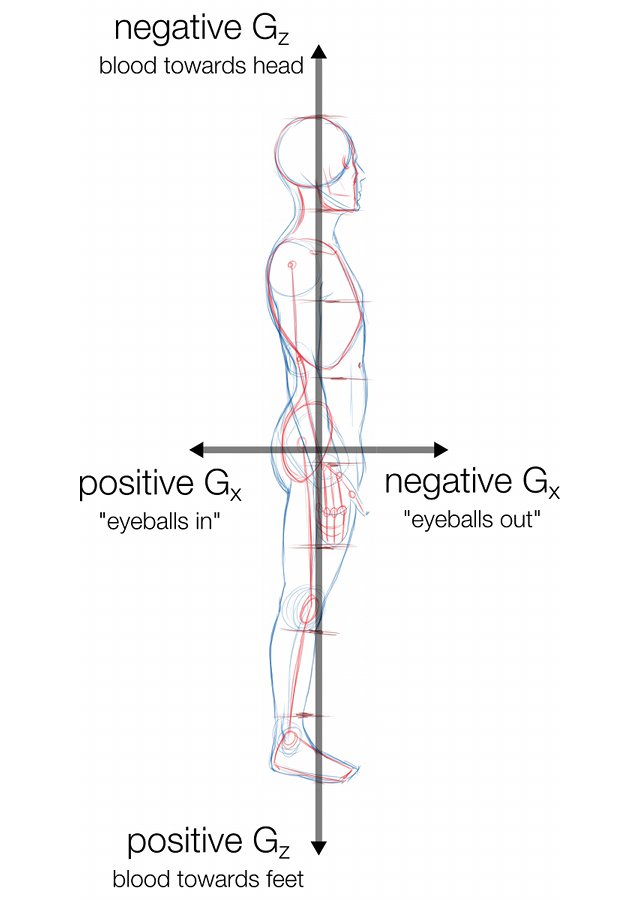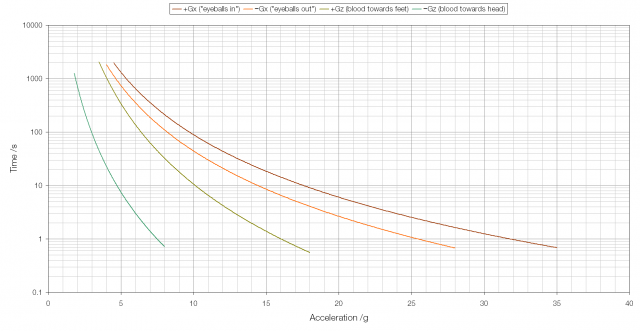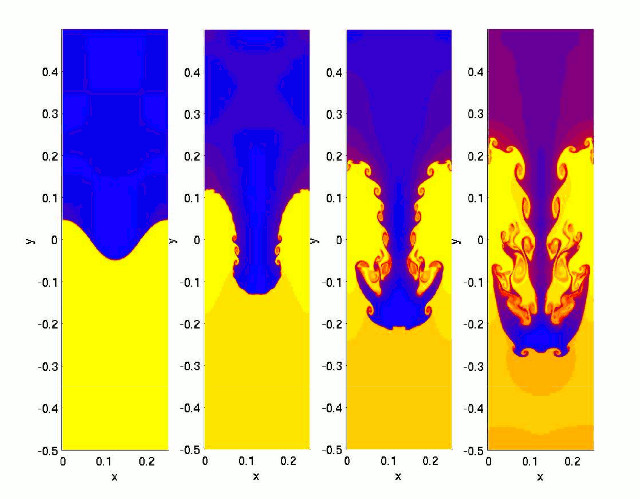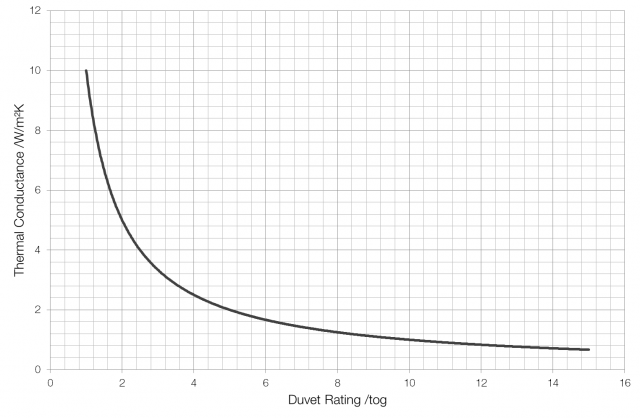How fast can you accelerate, or decelerate, and live to tell the tale?
In this context, acceleration and deceleration are usually measured in ‘G’s, multiples of the acceleration due to gravity. For example, if you crashed a car travelling at 70 miles per hour into a wall, and it took you one second to come to a stop this would be a deceleration of 35.8 metres per second per second, which is equivalent to an deceleration of 3.65 G. If the person in the car had a weight of 1000 newtons (≈100 kg) they would feel a force pushing them forwards against their seatbelt of 3650 N.
G-forces on the human body are described in two ways*: Gx which is along an axis running horizontally through the chest at a right angle and Gz which is along an axis running vertically downwards through the head and feet. A positive Gx is described as “eyeballs in” and a negative Gx as “eyeballs out”; a positive Gz pushes blood towards the feet and a negative Gz pushes blood towards the head.

The human body responds differently to acceleration in different directions.
For example: a human being can survive an “eyeballs in” 5G acceleration for about 1500 seconds, but an “eyeballs out” 5G acceleration for only half of that. Moving vertically, with blood towards the feet, a 5G acceleration can only last for 350 seconds before death occurs; but with blood towards the head for only about 8 seconds.
It seems that the human body is least sensitive to “eyeballs in” and “eyeballs out” accelerations, which makes sense when considering that human beings are far more prone to experience these accelerations than others. It’s easier to survive blood rushing to the feet than it is to survive blood rushing to the head, as increased blood pressure in the head can cause blood vessels in the brain to burst.
* It seems that very little work has been done on how the body responds to sideways accelerations.






